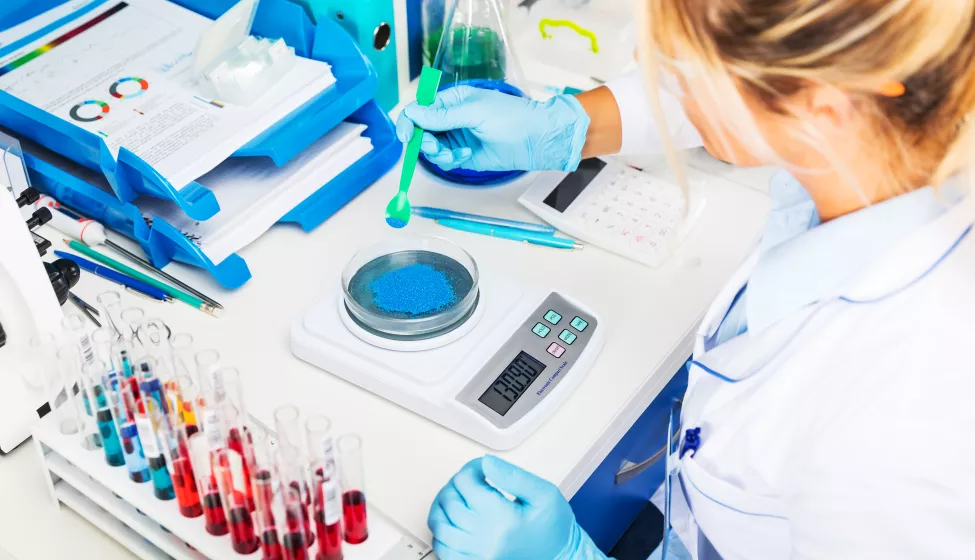January 2, 2020
Bioprinting is an emerging technology that combines additive manufacturing with regenerative medicine to design 3D structures that can promote cell growth and maturity. Bioprinted products have an immense array of applications, including in vitro models for drug screening and development, fully formed tissue implants, and other regenerative therapeutics.
Bioprinting enables device manufacturers to develop more complex, personalized designs.
While bioprinters are increasingly being developed and offered for research purposes, several checkpoints in quality and efficacy must be met before biotech companies will consider acquiring and marketing bioprinting applications for clinical use. Due diligence throughout the product development process can help bioprinting technology developers prepare to engage pharmaceutical or medical device companies in dialogue.
Technology Overview and Use
Bioprinting allows for the design and control of 3D structures that maintain or promote cell growth and maturity. The traditional incorporation of cells into constructs often results in cells either growing on the surface of a product or randomly distributed throughout. By controlling spatial distribution of cells and support structure, bioprinting enables device manufacturers to develop more complex, personalized designs.
Bioprinting operates on various principles of additive manufacturing, including extrusion, laser-assisted manufacturing, and stereolithography. Custom-built bioprinters allow for the handling of materials that can integrate with the body, support regeneration, and better enable the practice of personalized medicine. Additive manufacturing can support the creation of a 3D blueprint of a bone, tendon, or other body part. It can also be used to create 3D models of natural or diseased tissues for in vitro diagnostics. Bioprinting can enable a physician to spatially distribute cells and create the blueprint from materials that are more compatible to a specific patient's physiology, anatomy, and biochemistry.
It is important to distinguish between bioprinting hardware, bioinks, and bioprinted products. Bioprinting hardware is the machine capable of assembling a 3D structure based on pre-programmed directions. Bioinks are the biocompatible polymeric or natural solutions that are capable of forming biological structures (i.e., hydrogels) that can maintain living cells or stimulate their growth (a solution does not need to contain living materials to be classified as a bioink). Bioprinted products are the end-use models or therapeutics created using bioprinting technology.
Technical and Regulatory Considerations
Checkpoints in quality and efficacy must be met before in vitro models and other novel bioprinted products can be used with patients. Over time, the development of both technical and regulatory standards can help support this process and assist with the integration of bioprinting technology into the quality management systems of pharmaceutical and medical device manufacturers.
Bioprinters should adhere to technical standards for housing, bioink storage, nozzles, tips, and post-print modification additions that are currently under development with the American Society of Mechanical Engineers. Bioinks should primarily adhere to the established ASTM International F2900 - 11: Standard Guide for Characterization of Hydrogels used in Regenerative Medicine. Bioinks will also have to adhere to two additional standards once they complete development: ASTM WK65680: New Test Methods for Printability of Bioinks and Biomaterial Inks and ASTM WK65681: New Guide for Bioinks and Biomaterial Inks used in Bioprinting.
Experts from industry, academia, and regulatory bodies are currently working to develop these standards to guide the bioprinting industry. Our team at Exponent partners with the Standards Coordinating Body and actively participates in ASTM and ASME working groups on bioinks and bioprinter hardware, respectively.
As regulatory standards do not yet exist for this emerging field, bioprinters can currently define and design acceptance criteria for their own products. This includes the design of verification and validation documents for hardware, software, and bioprinted products; traceability matrices; and documents that demonstrate adherence to quality processes. Manufacturers can benefit from soliciting FDA input throughout this process, as regulators will assess acceptance criteria during their review of the final submitted product.
How Exponent Can Help
Exponent's multidisciplinary team of engineers, scientists, and regulatory experts supports the product development process for bioprinting hardware and software, bioinks, and bioprinted products. We can guide industry from conception through verification and validation testing, regulatory submission, M&A due diligence, product liability, and intellectual property defense. In recent months, our team of mechanical, electrical, biomaterials, and tissue engineers has processed patient imaging to a 3D-printed rib cage, designed tracheal supports, and advised on key testing methods for bioprinted products.


